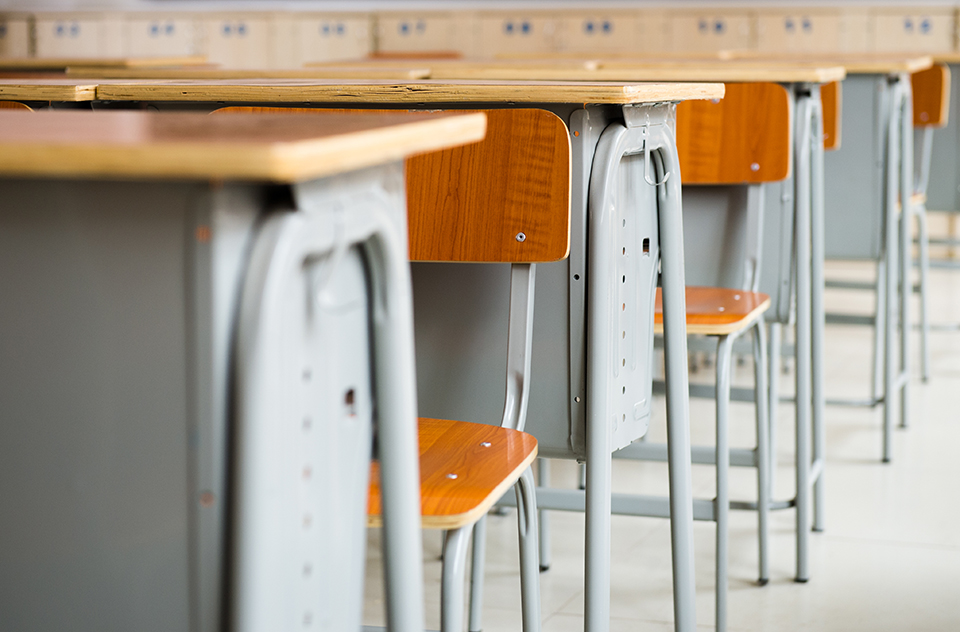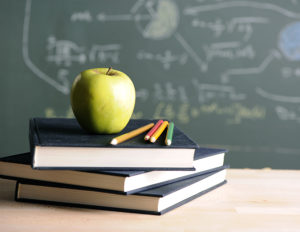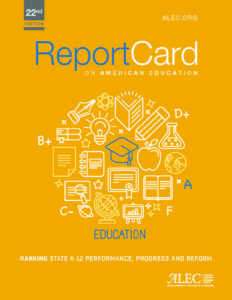
The K-12 financial cliff: What state could face if students switch schooling sectors: Robert Enlow
Much attention has rightly been paid to American families across the nation who continue to help their children learn at home during this pandemic. When will schools go back? Will they even go back in the fall, and what will that look like?
Our economy — with one in five American workers currently out of a job — has similarly dominated national news. And it’s not good news, either.
We want to take a moment to focus on the intersection of these two stories, specifically what might happen if students currently enrolled in private schools are no longer able to attend those schools due to the financial hardship caused by the COVID-19 pandemic.
This could happen because families are no longer able to afford tuition or because schools see a drop in the charitable giving that supports their ability to offer scholarships to students in need. (For reference, the Great Recession just over a decade ago decreased private school enrollment in “high-severity” metropolitan areas by roughly 40 percent.)
Either way, students who currently are in private schools largely supported by family sacrifice, private dollars and publicly funded scholarships could suddenly wind up back in the traditional public system.
We dug into the state-by-state numbers to find out how many students attend private schools and what would happen to state and local budgets if a percentage of those students wind up back in the public system. We used federally available data for state and local per-pupil funding in each state to make our calculations. The picture is not rosy for states or districts.
To read the rest of this column at Engage, please click here.



